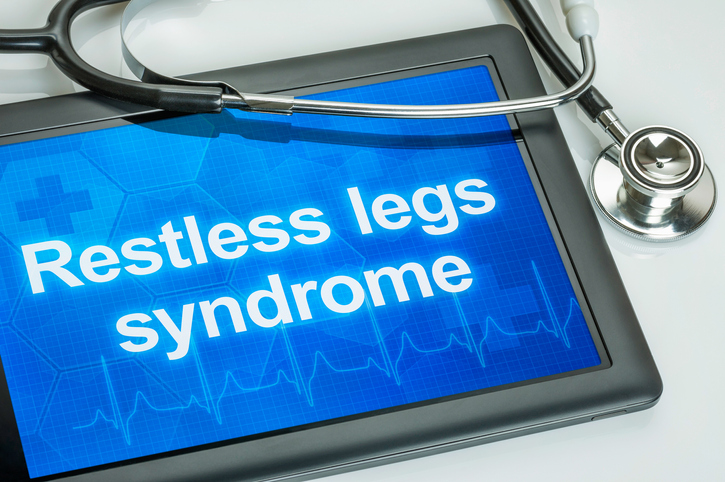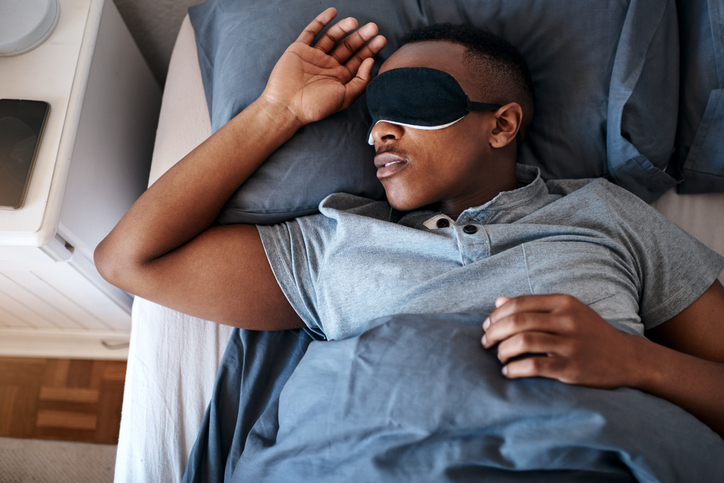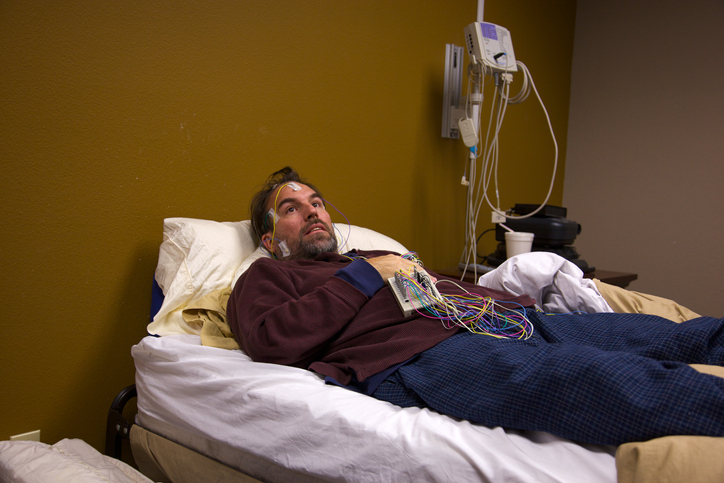Living with Chronic Pain
Diagnosing Restless Legs Syndrome (RLS)

What is restless legs syndrome?
Restless Legs Syndrome, or RLS, is a neurological disorder characterized by uncomfortable sensations in the legs, causing an irresistible urge to move them. The sensations are described as aching, pulling, creeping, itching, crawling, throbbing, or shock-like. Symptoms typically occur at night or when sitting/lying down. Moving the legs can temporarily ease the sensations, but they typically recur at rest. This can result in sleep deprivation; therefore, in addition to being a neurological disorder, RLS is also considered a sleep disorder.
Diagnosing restless legs syndrome
During the diagnostic process, a health care provider will perform a physical exam and obtain the individual’s medical history, focusing on symptoms. A diagnosis of RLS may be determined if the following criteria are met:
- Symptoms include strong, often irresistible urges to move the legs, most often accompanied by uncomfortable sensations in the legs.
- Symptoms begin or worsen at night.
- Symptoms begin or worsen at rest (sitting or lying down).
- Symptoms are temporarily relieved by activity (walking, stretching, or jiggling the legs).
- Symptoms cannot be attributed to another medical condition.
Tests
Certain medical tests may be ordered to rule out other medical conditions.
- Blood tests
Blood tests may be ordered to eliminate the possibility that another health condition is causing the symptoms. Iron levels are usually checked, as low iron can be the cause of symptoms. - Neurological exam
A neurological exam may be performed to rule out other potential causes of symptoms, such as nerve damage or blood vessel problems. - Sleep study
A sleep study may be recommended. A sleep study can help diagnose other sleep-related disorders, such as sleep apnea; however, a sleep study is not typically required for an RLS diagnosis.


















